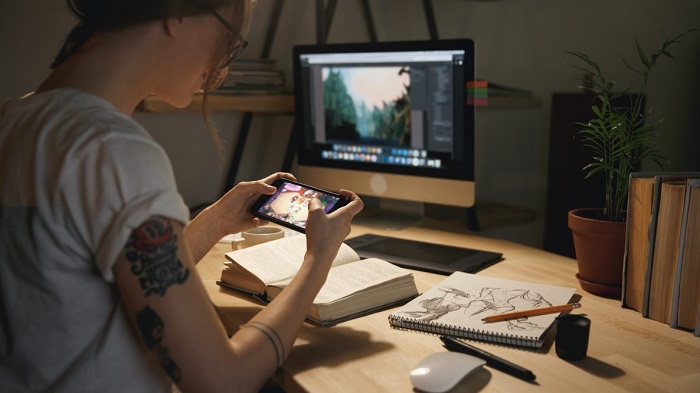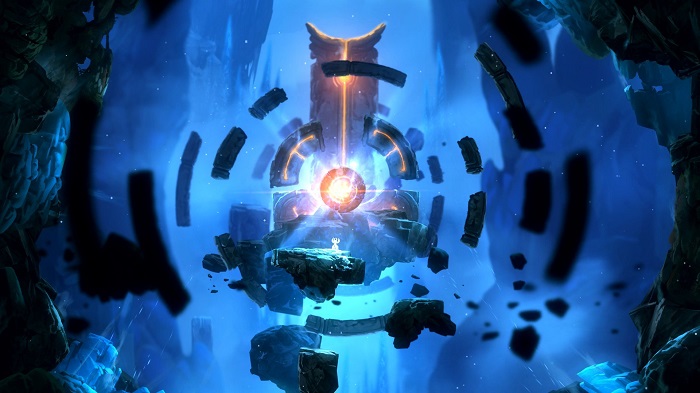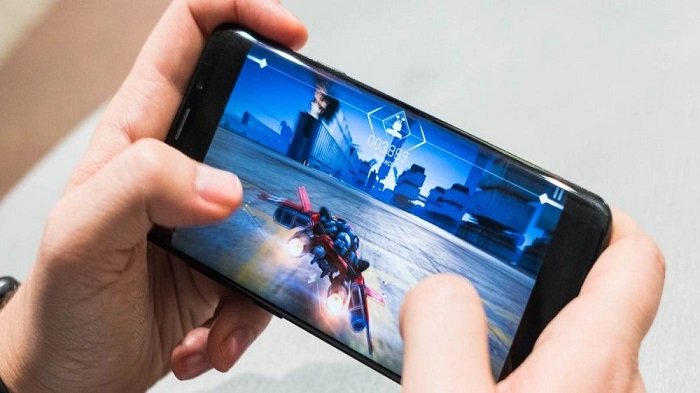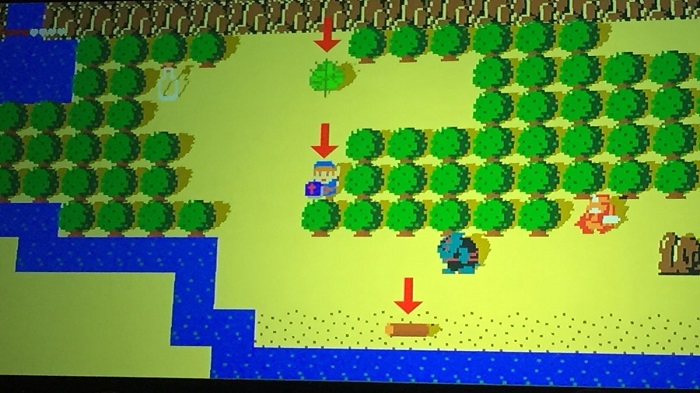Game designing? Sounds like fun! That’s the reply a game designer gets from others when they say that they design games for a living. The reply can be interpreted into two different ways either the one who is giving reply think game designing is child’s play or they are still far away from the reality that game designing is a viable career option today. Game designing jobs can be, in fact, one of the most rewarding jobs in the industry and it is more challenging than people realise.

Documentation and layout to gameplay and balancing, a game a designer looks up for every nitty-gritty. Animationxpress reached out to a few of the gaming studios to know details about the areas that a designer has to focus while designing a game.
Game flow and game art
SM Multimedia founder and CEO Saurabh Misra believes that a game designer has two main key areas to look at while designing a game which is Game flow and Artwork. “Firstly, game art should be attractive and soothing. For example, an educational game does not require heavy art design or animations. Secondly, the game flow should be smooth and simple which means the player does not have to think a lot about where to go first and how to play. He or she should get an idea of playing the game by the theme itself” he added.

Maintaining the suspense and surprise
For Neosphere Studio founder Hitesh Ramchandani game designing “is been pretty much old school thoughts, keeping it simple with factors like suspense and surprise, risk vs reward, Avoiding complex controls, Interactive, not letting the gameplay on its own always trying to keep the user engaged with dialogues and voice-overs even when cut-scenes are playing, focus on audio and music, and a minimalistic yet effective HUD. ”

Onboarding and control
SidKing Studio founder and CEO Kishor Berde believe onboarding and controls are the areas where a designer should focus while designing a game. “If you fail to entertain players in first few minutes or players don’t understand your game, you lose their interest and ultimately them SidKing studio” he added.
Keeping in mind player’s experience and journey
QYJO Studio founder Tejas Shirodhkar believes, “we believe that the player should always come first. A game should be designed with the player experience and journey in mind. Easy and simple on the surface but deep to master once the player gets really engaged. These are the things we aim for but admittedly it can be quite difficult to achieve as we are continuously iterating to reach towards. Players play games for enjoyment and if we as developers can create situations where people feel accomplished and smart for having figured out things in the game or achieved goals that we or they themselves set for them they have a much better experience than a game that leaves them to their own devices.”

Create a game prototype get it out to multiple people
Switzerland based studio Halonautic founder and CEO Roger Küng, founder and COO Dennys Kuhnert, sound engineer Phil Küng, believe that the “game should be fun. If you have an idea, make a quick prototype and get it out to multiple people as early as possible to get feedback. And never be afraid of abandoning a project when it doesn’t play as well as you imagined it. VR is a new medium. Just because it feels awesome in your head doesn’t mean it translates well into VR. Building a prototype and killing it might appear like a waste of time but finishing a product takes months, sometimes years. So investing three to six months in finding the right concept is worthwhile. In a later development, make sure that your game has something unique that differentiates it from other games out there. Game mechanics come first, the story comes last. If you develop for a VR platform, the game should only make sense of playing in VR and not be possible on any other system.”

Even after that, there are a lot of other things which a designer should keep in mind while designing a game. Speaking of which Street Lamp Studio founder CEO Deepak Gurijala believes “There is a huge list of key areas where every developer must make sure they have ticked every single box before releasing the game. Such as in-game Physics, creative appeal, unique game-art, understandable gameplay, soothing music and SFX, smart ad-placements, good pricing-policies(for IAP), and with an interesting storyline. These are a few points which will make a Game looks more appealing to the users/ players.” The moral of the story what looks fun is not always fun to create.

